Our Blog
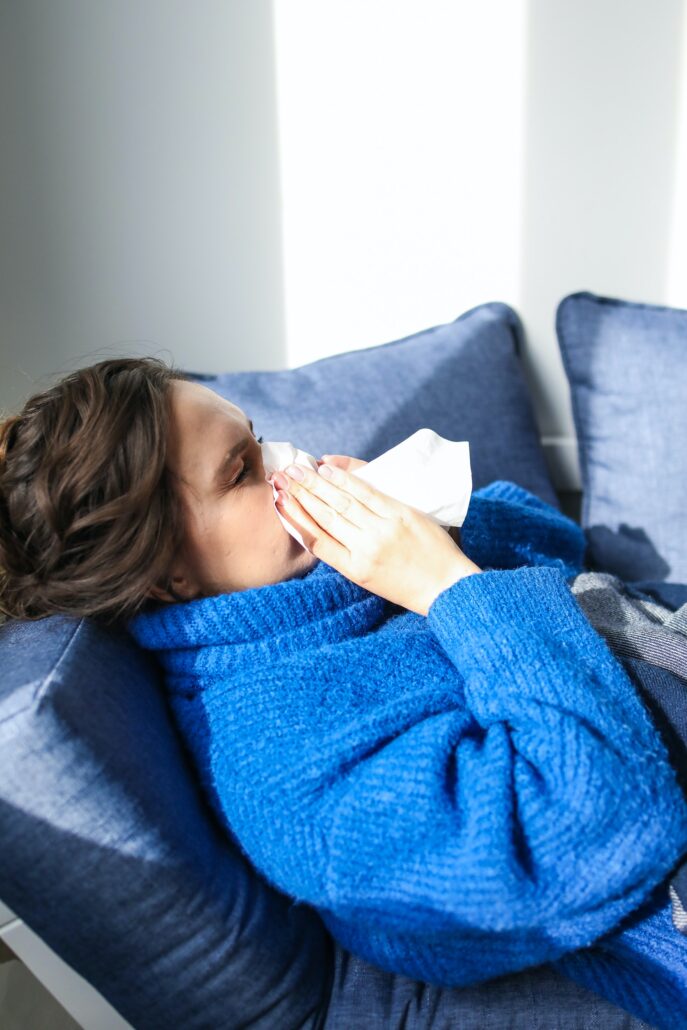
Avian influenza in humans
Over the past 25 years, nearly 900 cases of avian influenza in humans have been reported to WHO (World Health Organization). Of these 900, about 50% died from the disease.

Biocide Ordinance
Biocides are necessary in the control of organisms that are harmful to health. The sale and use of biocidal products is regulated by EU Regulation No. 528/2012. This is to ensure a high level of protection for human, animal and environmental health. The regulation also manages the sale of treated products.

Avian influenza
Avian influenza is a disease caused by influenza A viruses, of which there are several variants. This animal disease affects – as the name suggests – poultry, from chickens to waterfowl, and usually leads to the death of the animals. In individual cases, some variants can also be transmitted to humans and zoo animals. To date, approximately 1000 cases of avian influenza in humans have been reported worldwide. Of these, 20-50% died, depending on the pathogen subtype.

Why does disinfectant burn?
Every one of us has had to clean a wound with disinfectant. And we can all remember how much that often burned. But what is the reason for this? We will get to the bottom of this question:
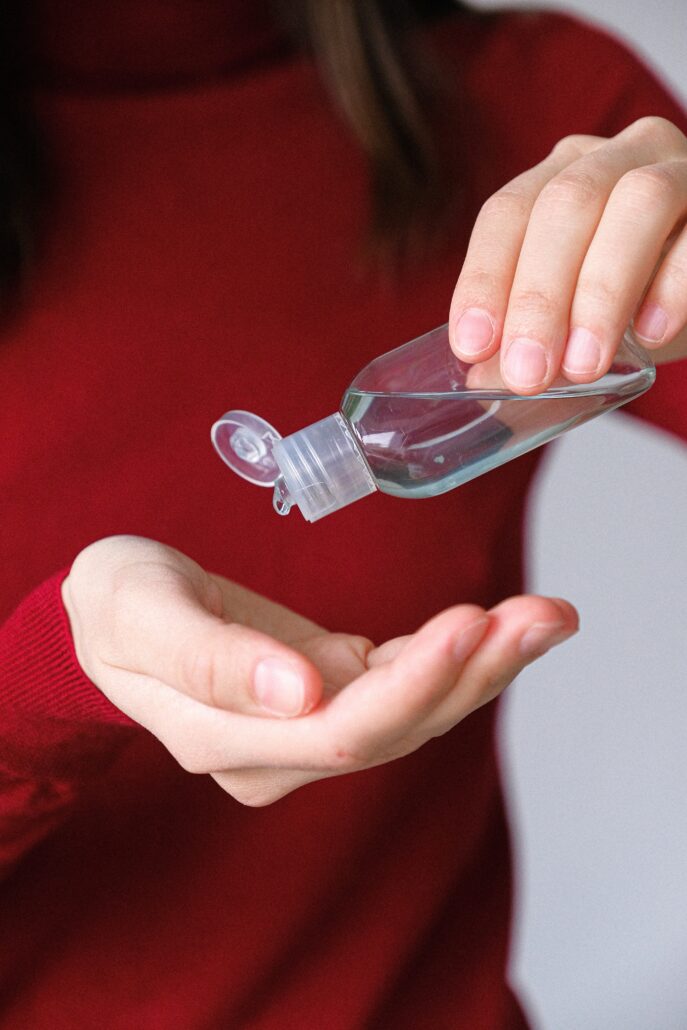
What dangers are hidden behind disinfectants
For the majority of the population, the disinfectant bottle is now a constant companion. Just opened two doors on the public toilet and operated the water tap, like so many before you – no problem: the disinfectant is immediately at hand.
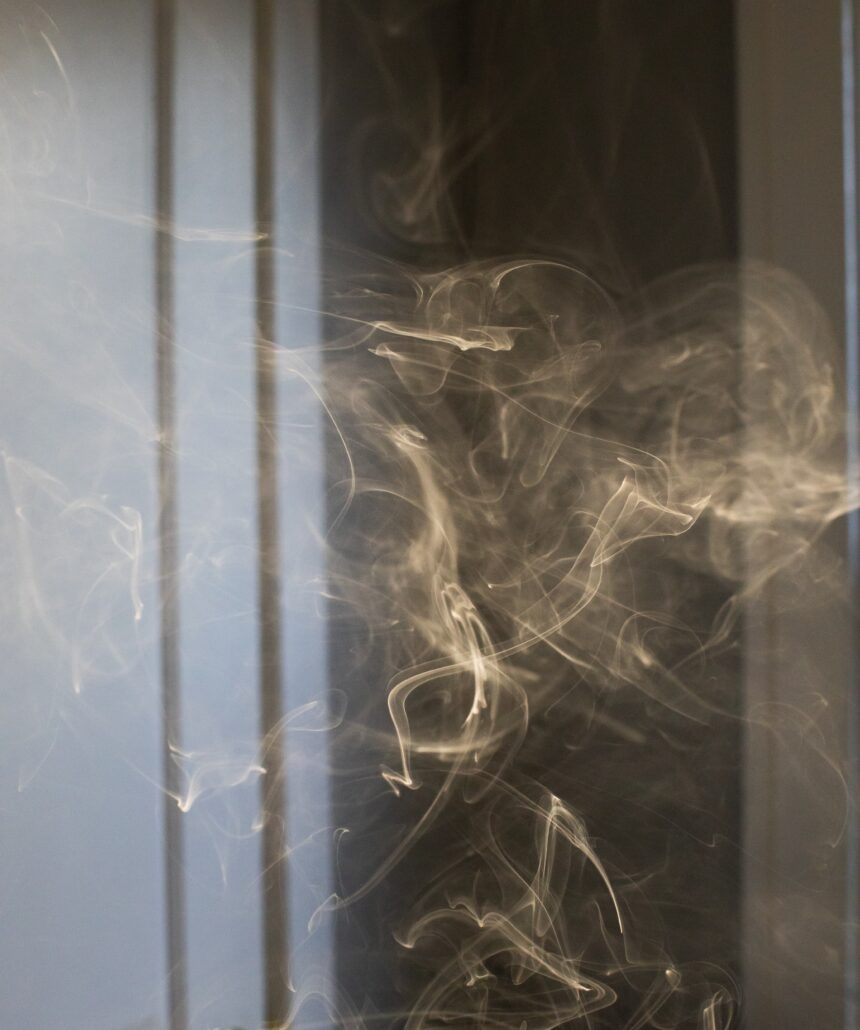
How does fogging work for air disinfection
It is well known that there are a large number of bacteria and viruses in the air. These can be eliminated by air disinfection but depending on the approval of the product and the status of the approval of the active ingredient, the precautions and precise instructions for use are prescribed.
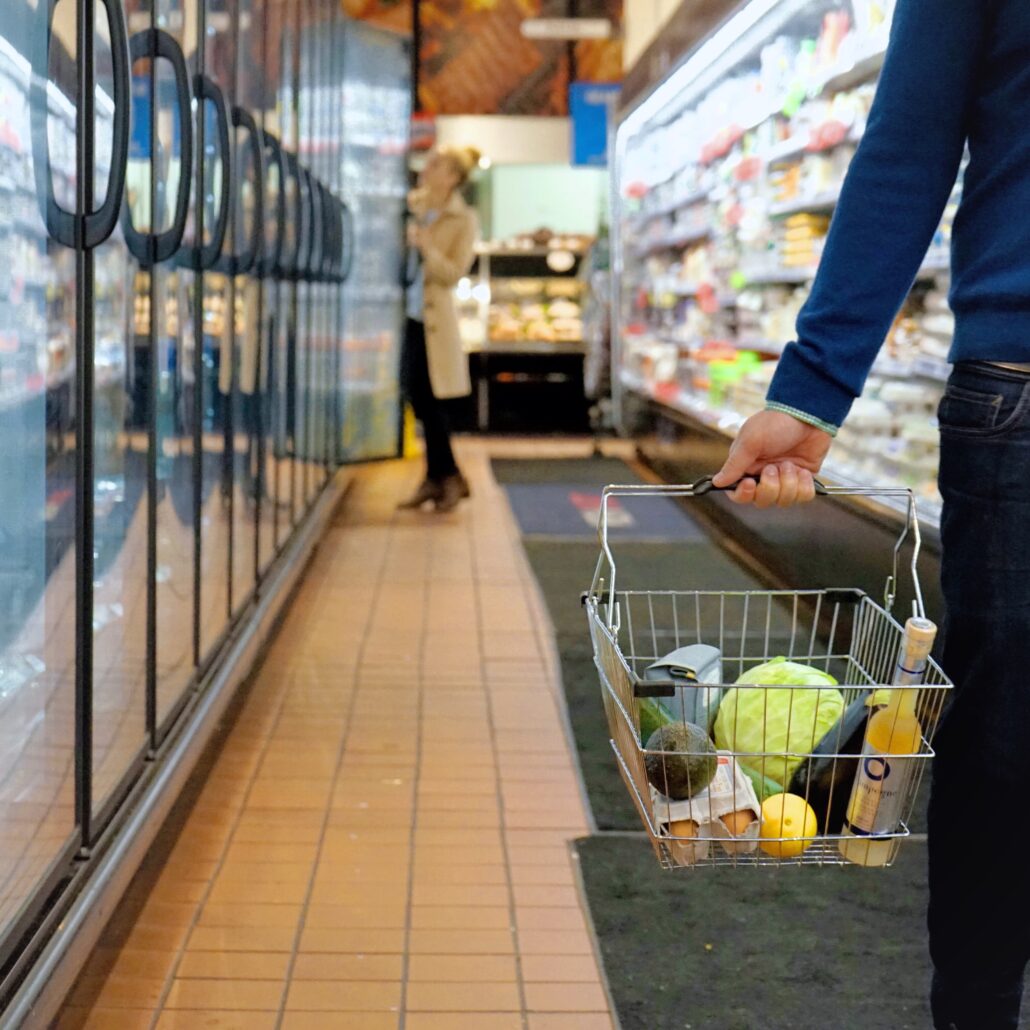
Germ-free into the knocking-off time
the fully packed shopping bags are not the only thing you bring into your own home: throughout the day, we all come into contact with countless bacteria. The average number of bacteria found under one of our fingernails is a staggering 50,430, and that’s just one in ten nails.

Avoid mold in the apartment
Mold occurs everywhere in the wild and is spread through the air. Our apartments are also threatened by mold: the fungi get into the apartments via doors, windows, clothing or food that has gone bad.
We reveal here some useful tips on how to avoid mold.

POV: Mold on the windows
Convenient to have so many plants on the window sill that they well hide the mold that has formed on the edges of the window behind it. Out of sight, out of mind – it would be nice. Because anyone who has mold at home – whether in the corners on the walls or on the edges near the windows – is also breathing in these harmful substances.

The weak point bathroom
When the temperature outside drops, people like to stay in the warm apartment, where they can warm their feet on the heater. As pleasant as it may be, the warmth also brings its problems in winter, especially where a lot of moisture accumulates. The bathroom is one of the most vulnerable rooms in the apartment, where due to the high humidity germs and bacteria accumulate and make themselves felt in the form of mold.
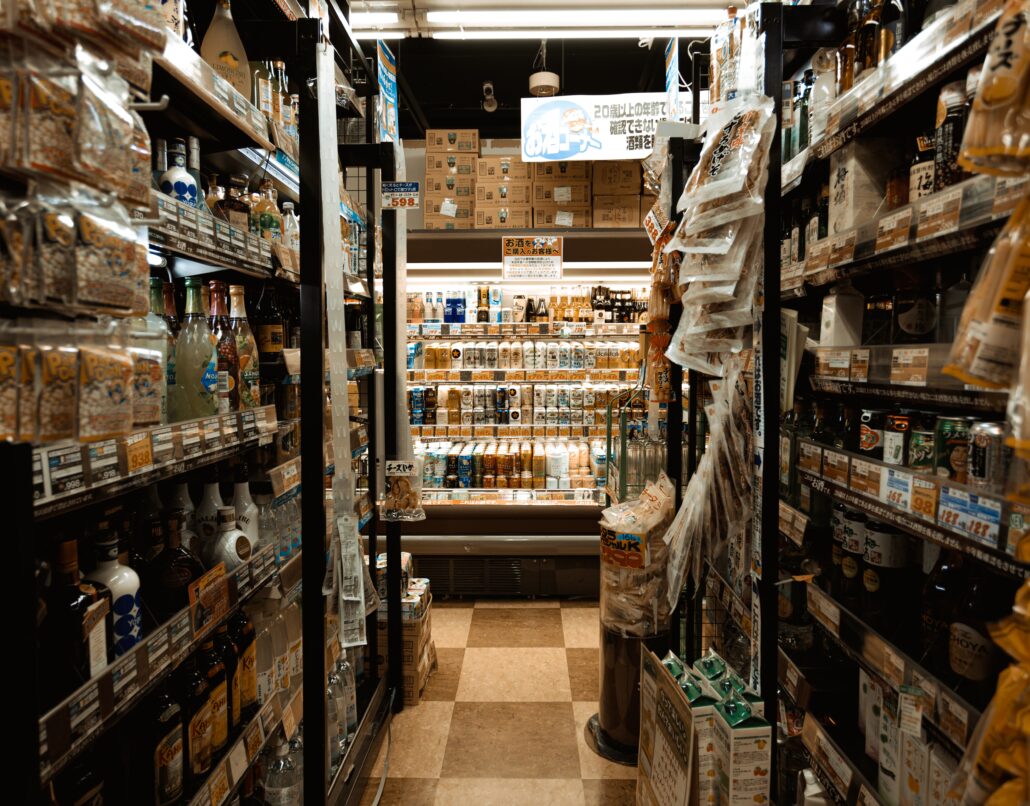
Air disinfection in the food industry
The spread of microorganisms inside can quickly spell doom in the food industry. Increased levels of bacteria and microorganisms in the air accelerate the growth of mold. Well, we don’t need to elaborate here on how serious this is for food and what the consequences would be.
Therefore, in the food industry, special requirements are placed on air quality to prevent or at least greatly reduce the growth of microorganisms in manufacturing and storage areas.
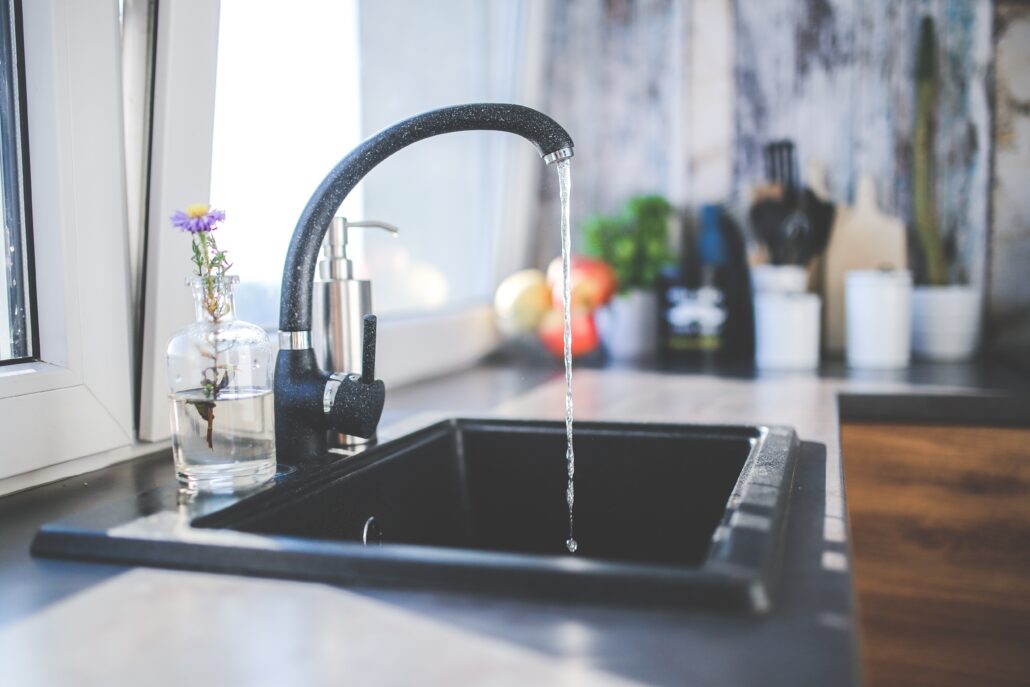
Afraid of the own drinking water? Not with us
Our drinking water is one of the most importants goods. However, to ensure that it does not harm us, it must be free of heavy metals, viruses and bacteria.

Defense against pathogens – learned from the human body.
Our immune system is like a personal bodyguard for our body. It is constantly busy fighting and keeping away viruses, bacteria and other pathogens from our environment.

The handbook for drinking water operators
Drinking water systems in Austria must comply with the Drinking Water Ordinance, so as an operator of a drinking water system, you bear full responsibility for inspecting drinking water systems and assessing a legionella risk. And with responsibility comes obligation:
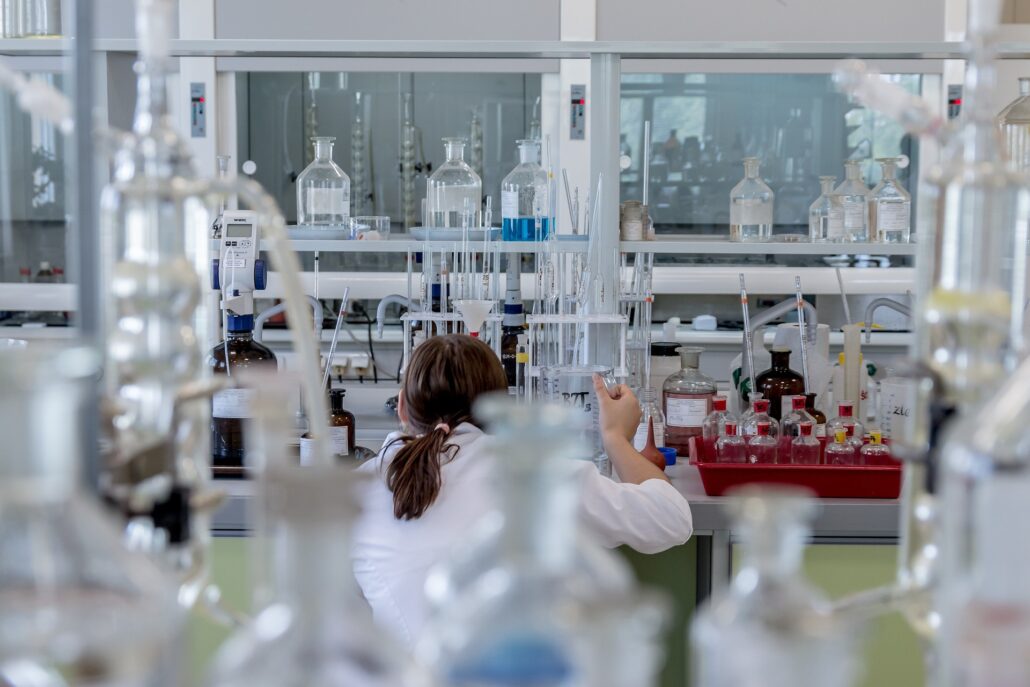
Biosafety in a company
Biosafety in a company What is biosafety? Safety in operation is one of the basic requirements for a company. In companies where infectious microorganisms or
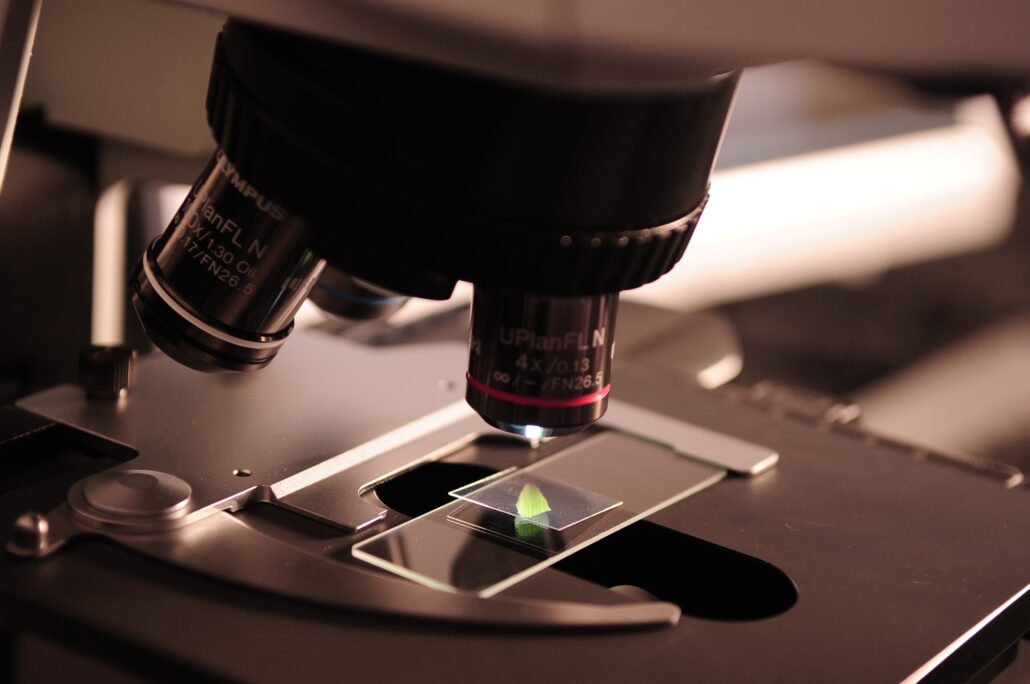
Manufacturing by ECALIT process
AnolinDES, AnolinAIR and AnolinTW are manufactured using the protected ECALIT process. This ensures that the pH value of the solutions remains stable, as well as a shelf life of the products for up to two years.

Chlorine, chlorine dioxide and sodium hyperchlorite
The active ingredient in Anolin products, natrium hypochlorite, is a potent oxidizing agent which, thanks to its excellent action, is particularly suitable for elimination against germs, bacteria, viruses and fungi. The wide range of applications includes not only surface disinfection, but also drinking water disinfection, as it efficiently kills the Legionella bacterium.
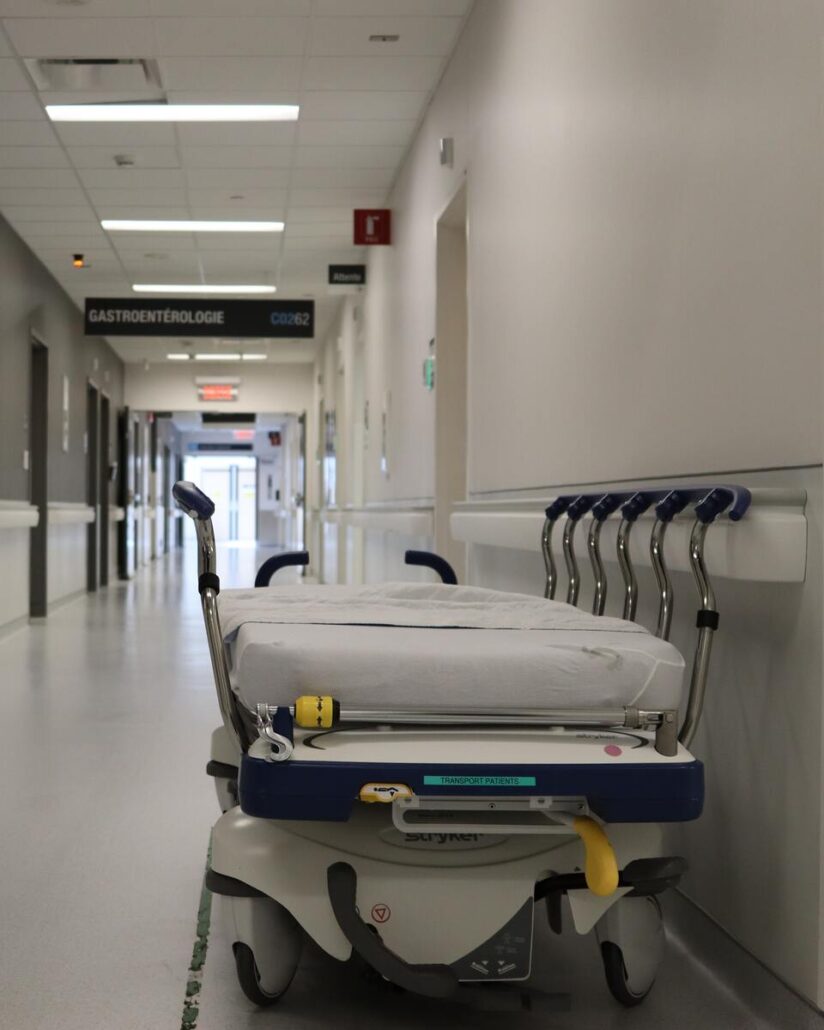
Disinfection in hospitals
Every healthcare facility should follow written protocols for their general cleaning
procedure in order to keep the areas clean to an adequate standard.
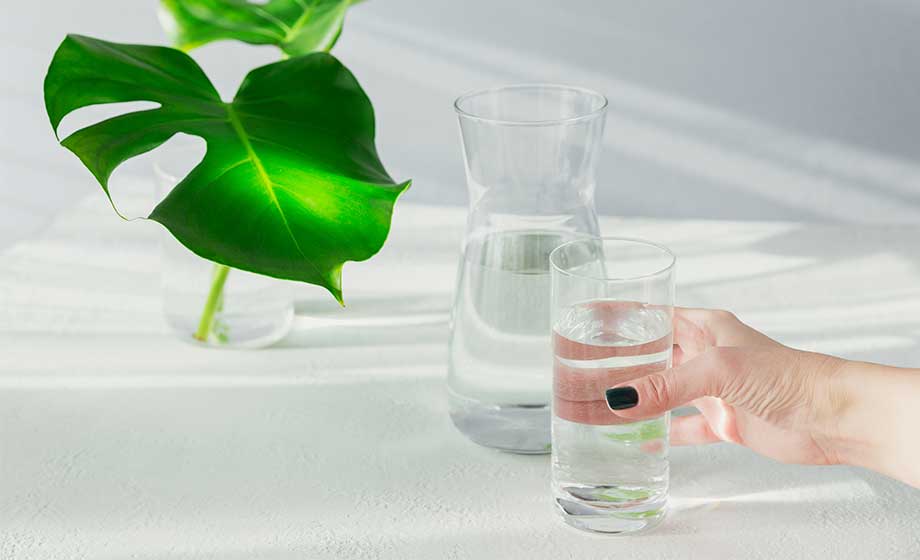
Energy saving for drinking water disinfection
Saving energy in drinking water disinfection The use of hot water is a widespread means of avoiding Legionella bacteria in drinking water, as they die
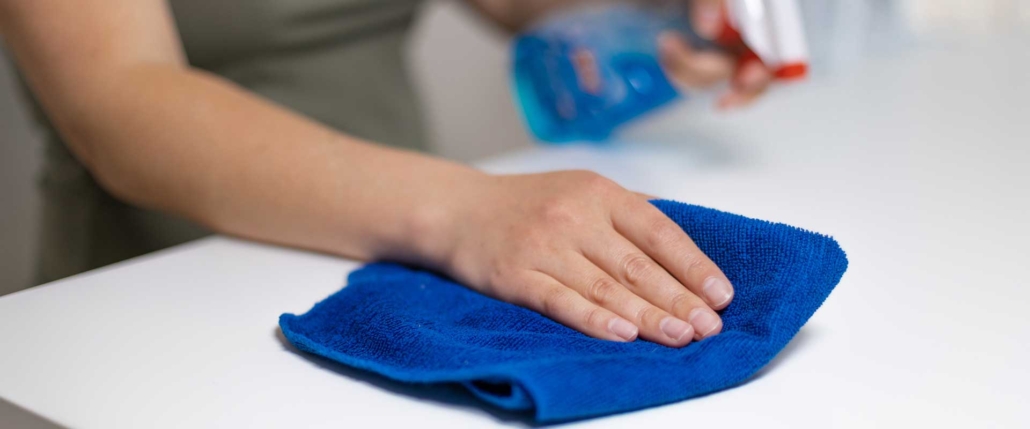
Room and surface disinfection with hypochlorous acid (HOCL)
Room and surface disinfection with hypochlorous acid (HOCL) At the latest with the Corona pandemic, we are all aware of the importance of disinfection and
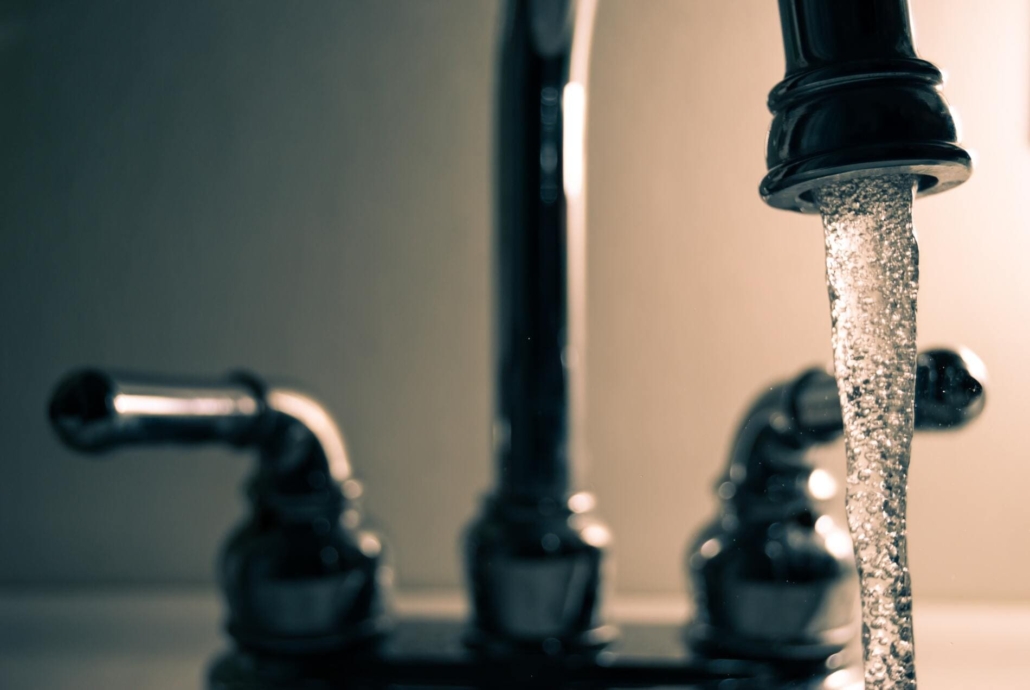
What is hiding in our drinking water and what we can do about it
What is hiding in our drinking water and what we can do about it Water plays a central role in our lives: from drinking water

Putting an end to viruses and bacteria – getting from A to B safely
Putting an end to viruses and bacteria – getting from A to B safely Whether on buses, trains, or in enclosed spaces, viral and bacterial
